
Exploring the World of Fashion: Unveiling its Benefits and Pros & Cons
The Psychological Impact of Fashion on Society
fashion has a profound psychological impact on society that goes well beyond simple style and aesthetics. It plays a crucial role in shaping our identities, influencing our self-perception, and impacting our interactions with others. From individual expression to cultural representations, fashion impacts our psyche in versatile ways.At its core, fashion enables self-expression and serves as a means of conveying one's personality, values, and mood. The clothes we choose to wear can be seen as an outward reflection of our inner selves. Whether consciously or not, we often use fashion as a means of communicating certain messages about who we are to the world. By selecting specific garments or styles, we can feel more confident, empowered, and in control of how others perceive us.
Moreover, fashion acts as a powerful tool for enhancing one's self-esteem. Wearing fashionable clothing that aligns with current trends or our personal taste can boost our sense of attractiveness and enhance our sense of self-worth. When we feel good about how we look, it translates into increased confidence, which in turn impacts our behavior and interactions with others.
Yet, fashion's influence extends far beyond individual psychology and extends into society as a whole. It plays an essential role in forming collective identity and shaping social perception. Through various cultural symbols and style trends associated with different social groups, fashion allows individuals to identify themselves with specific communities or movements.
In this broader sense, fashion helps to create a sense of belonging and fosters a shared understanding among individuals. The clothes we wear become a language through which we can form connections with like-minded people and establish social networks built around shared fashion preferences. This can result in the formation of subcultures or countercultures that challenge dominant societal norms.
Unfortunately, the impact of fashion on society is not always positive. The industry's promotion of unrealistic beauty standards can contribute to low self-esteem and poor body image in individuals who do not fit these narrow ideals. This can lead to negative psychological consequences, such as feelings of inadequacy or the development of eating disorders.
Moreover, fashion's rapid production and consumption practices often result in environmental degradation and social inequalities. From the exploitation of labor in garment factories to the excessive waste generated by "fast fashion," these aspects of the industry can evoke feelings of guilt and sadness in individuals who are aware of these issues.
Nonetheless, with a growing awareness of these negative impacts, there is an increasing movement towards sustainable and ethical fashion. This shift aims to promote mindfulness in both consumers and producers, focusing on conscious choices that minimize harm to the environment and prioritize fair labor practices. By aligning fashion with ethical values, individuals can feel empowered and contribute to positive change.
In conclusion, fashion's psychological impact on society is multifaceted. It helps individuals express their identity, boosts self-esteem, and fosters a sense of belonging among communities. Simultaneously, it can perpetuate damaging beauty standards, unequal labor conditions, and environmental problems. Recognizing these complexities is essential for sparking meaningful conversations about redefining fashion's role in society towards more positive, mindful dimensions.
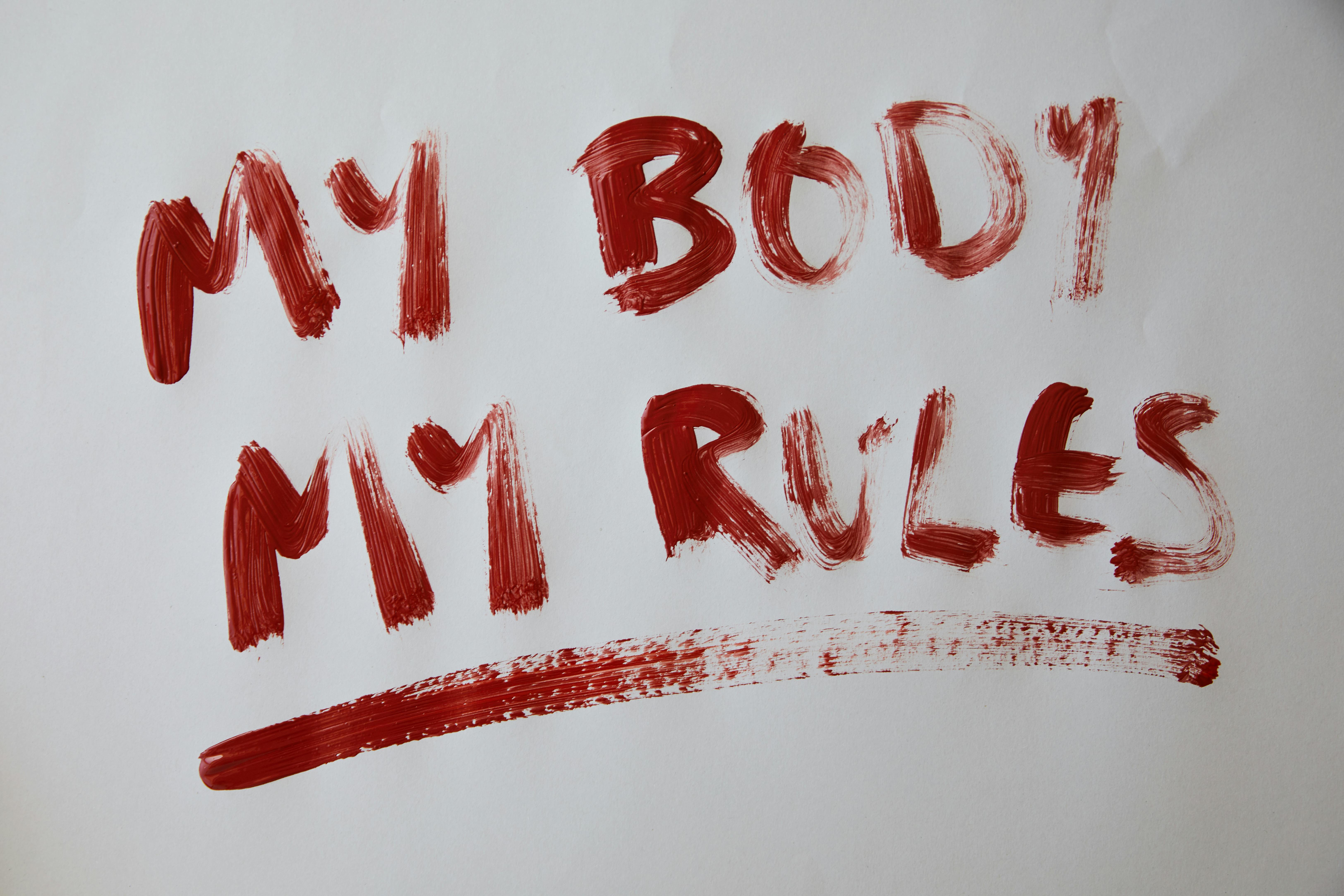
The Evolution of Fashion: From Necessity to a Form of Expression
fashion has come a long way throughout history, evolving from a simple necessity to a powerful form of expression. It isn't just about wearing clothes; it's about making a statement and showcasing one's individuality and personality. Let's delve into the fascinating journey of fashion evolution.In the early stages of human existence, clothing served primarily as protection. Early humans used animal skins, leaves, and natural fibers to shield their bodies from harsh weather conditions and external elements. This primitive form of clothing was purely functional, with minimal attention given to aesthetics.
As civilization advanced, so did the role of clothing. Various civilizations, such as the Egyptians, Greeks, and Romans, started using clothing as a way to differentiate social status and hierarchy. The wealthy showcased their power through intricate designs and luxurious fabrics, while the lower classes had simpler garments.
The Middle Ages witnessed the rise of fashion tailor-made for religion and etiquette. Clothing played a crucial role in reflecting one's piety and adhering to societal norms. Specific colors and styles were designated to distinguish different social classes, professions, or even marital status.
Fast forward to the Renaissance period, where fashion became intertwined with art. Intricately designed garments became works of art, displaying creativity, wealth, and social standing. This era marked the birth of fashion houses employing skilled artisans who crafted unique pieces for elite members of society.
The industrial revolution of the 18th and 19th centuries radically transformed fashion. Mass production methods allowed clothing to be more accessible and affordable for a larger population. Fashion began to embody not only social status but also personal style.
The 20th century brought significant shifts in fashion trends with each passing decade. From the opulent styles of the early 1900s to the revolutionary flapper era of the 1920s, fashion mirrored society's changing values and women's newfound independence.
The mid-20th century unlocked a wave of innovation in materials, patterns, and silhouettes. The fashion industry entered a new realm of possibilities, reflecting the societal advancements during World War II and into the post-war era. Fashion became more relaxed and functional, with designs catering to the needs of the modern working woman.
As society progressed, the 1960s counterculture and the feminist movement sparked a fashion revolution. Nonconformity became en vogue as individuals used style as a platform for self-expression and activism, challenging traditional norms.
This sense of individuality continued to evolve throughout the 1970s and 1980s with the rise of subcultures like punk, hip-hop, and grunge. These movements embraced self-expression through clothing choices, pushing boundaries through bold prints, oversized silhouettes, and unique accessories.
The turn of the millennium brought forth a digital revolution that forever changed fashion. Online shopping and social media platforms enabled immediate access to trends, fashion influencers, and global style inspiration. It opened doors for diverse voices to be heard and celebrated in an industry that was often exclusive.
Modern-day fashion no longer limits itself to societal conventions or mainstream norms. It embraces diversity, inclusivity, sustainability, and personal expression. Influencers, celebrities, and everyday people use platforms like Instagram to showcase their style choices and inspire millions worldwide.
Fashion has traveled a remarkable journey; it has evolved from mere necessity to becoming a means of celebrating culture, empowering individuals, and bolstering creative expression. With every passing era, fashion continues to transform, leaving its mark on history and society—a reflection of our ever-evolving world.

Fast Fashion vs. Sustainable Fashion: Weighing the Pros and Cons
In today's rapidly changing world of fashion, a debate between fast fashion and sustainable fashion has gained significant momentum. While both have their advantages and disadvantages, it's essential to understand the implications of our choices as consumers. So, let's dive into the discussion and weigh the pros and cons of fast fashion versus sustainable fashion.
Fast Fashion - The Temptation of Trends:
Fast fashion refers to clothing items churned out by mass-market retailers at an incredibly rapid pace to keep up with ever-changing trends. This approach enables consumers to embrace the latest styles at affordable prices. Here are some pros and cons to consider:
Pros:
- Affordability: Fast fashion allows budget-conscious individuals to partake in current fashion trends without breaking the bank.
- Accessibility: Demand-driven by rapid replenishment and online shopping options, fast fashion provides easy access to trendy pieces for consumers all around the world.
- Variety and Experimentation: With new collections dropping frequently, fans of fast fashion have endless opportunities to experiment with various styles and express their personal creativity.
- Boost to Economy: The wide-scale production of fast fashion items generates employment opportunities within the industry, contributing to economic growth.
Cons:
- Environmental Impact: Fast fashion relies on a high turnover of garments, resulting in increased resource consumption, water pollution from dyeing processes, and textile waste that ends up in landfills.
- Labor Exploitation: To meet consumer demands for low-priced clothing, fast fashion often disregards worker welfare, exploiting laborers in sweatshops under unfavorable conditions.
- Poor Quality: To maximize profits, fast fashion brands may compromise on quality, resulting in clothes that quickly lose their shape and deteriorate after a few uses.
- Lack of Transparency: Due to complex and opaque supply chains, it is challenging for consumers to determine how ethically or sustainably a fast fashion garment was produced.
Sustainable Fashion - The Path of Conscious Consumption:
In contrast, sustainable fashion focuses on ethical and environmentally-friendly practices throughout the entire lifecycle of a garment, from production to disposal. Here's an exploration of its pros and cons:
Pros:
- Environmental Preservation: Sustainable fashion aims to minimize the ecological footprint related to clothing production – opting for organic materials, reducing waste, conserving energy, and promoting recycling practices.
- Ethical Production: Transparency and fair treatment of workers are mainstays of sustainable fashion, ensuring that all individuals involved in the production process are treated justly.
- Durability and Quality: Emphasizing timeless designs and using high-quality materials result in durable clothing items that can withstand years of wear.
- Promoting Creativity: Sustainable fashion encourages originality and innovation by incorporating artisanal techniques and supporting local craftsmanship.
Cons:
- Higher Costs: Sustainable fashion brands often price their products higher due to the responsibly sourced materials and fair wages provided to workers.
- Limited Accessibility: Factors such as price, availability, and marketing reach can make sustainable fashion less accessible to vast segments of the population.
- Lower Variety: Continuous production changes may be slower within sustainable fashion due to careful planning and smaller scale operations.
- Balancing Demand with Resources: Meeting consumer demand while maintaining sustainability goals can be a challenge for companies embracing sustainable practices.
Wrapping Up:
Choosing between fast fashion and sustainable fashion is no longer just about personal style or budget but also reflects our responsibility towards the environment, society, and the economy. By being informed about both sides of the spectrum, we can make more conscious decisions as consumers, prioritizing quality, longevity, and social well-being over fleeting trends. Ultimately, it's about recognizing our collective power to shape a more sustainable future for the world of fashion.

The Influence of Fashion Icons on Trends and Individual Style
The influence of fashion icons on trends and individual style is undeniable. Fashion icons, both past and present, have played a significant role in shaping the way we dress and express ourselves through clothing. These individuals have made an impact on the fashion industry by setting trends, inspiring designers, and influencing the masses.Fashion icons can be found in various fields, such as celebrities, models, designers, and social media influencers. Their unique sense of style often sets them apart, earning them loyal followers who aspire to emulate their looks. Icons like Audrey Hepburn, Coco Chanel, Kate Moss, Rihanna, and David Bowie have left an indelible mark on the world of fashion.
These iconic figures become trendsetters by fearlessly experimenting with fashion and pushing boundaries. Whether it's donning unconventional outfits or embracing innovative designs, they introduce new styles that are gradually adopted by others. They have the power to change people's perceptions about clothing and redefine society's beauty standards.
Fashion icons also influence individual style by encouraging self-expression. Their distinctive fashion choices empower others to embrace their own personal tastes and reject societal norms. Followers of these icons find inspiration in their outfits and use them as a starting point to create ensembles that reflect their own personality and character. The influence of these fashion pioneers extends beyond what they wear; it affects how we feel about ourselves.
Social media plays a significant role in amplifying the impact of fashion icons. Platforms like Instagram allow us to follow our favorite style influencers up close and personal. It serves as a medium for individuals to discover new trends, learn styling tricks, and even directly interact with their cherished icons. As a result, we find ourselves emulating the looks we see online and adding our personal twist to make them our own.
Designers are constantly finding inspiration from iconic fashion figures when creating collections. The timeless elegance of Grace Kelly informed bridalwear for decades, while Madonna redefined punk fashion through her edgy ensembles. By incorporating elements or even recreating famous outfits, designers pay homage to these trailblazers and infuse their creations with a touch of history.
However, it is important to note that fashion icons alone do not dictate what's in style. Trends emerge as a collective result of multiple voices and sources, including street fashion, cultural shifts, economic factors, and individual preferences. Yet there is no denying the immense impact fashion icons have on influencing and igniting trends that shape our sartorial choices.
In the end, the influence of fashion icons on trends and individual style is a dynamic interplay between their creativity, unique fashion statements, and the audience's desires for self-expression. Together, they create a vibrant fashion landscape that keeps evolving with time and continues to inspire millions around the globe.

Technology in Fashion: How It's Shaping the Future of the Industry
fashion has always been a groundbreaking industry that embraces creativity and innovation. Over the years, technology has seamlessly merged with fashion, giving rise to a new era in the fashion landscape. From AI-driven designs to interactive retail experiences, technology is rapidly shaping the future of the fashion industry.One of the most significant impacts of technology on fashion is in the design process. Designers now have access to advanced software and computer-aided design (CAD) tools that enable them to bring their ideas to life virtually. These tools facilitate the creation of intricate designs and patterns, reducing both time and cost barriers.
Additionally, technology has revolutionized manufacturing processes in the fashion industry, leading to increased efficiency and sustainability. 3D printing allows for rapid prototyping, enabling designers to quickly test new ideas without wasteful production practices. Moreover, automation technologies have enhanced efficiency by streamlining production lines, minimizing errors, and speeding up delivery times.
In recent years, wearable technology has become an emerging trend within the fashion world. The fusion of fashion and tech has resulted in stylish, functional clothing and accessories integrated with smart features like fitness tracking devices or responsive materials. From smartwatches that can receive text messages to intelligent fabrics that can change color or adapt to temperature changes, wearables are transforming the way we engage with clothing.
Retail experiences have also undergone a technological makeover. With online shopping becoming increasingly popular, e-commerce platforms have evolved to provide immersive shopping experiences through virtual reality (VR) and augmented reality (AR). Shoppers can now try on clothes virtually using a digital avatar or visualize furniture and decor items in their homes with AR overlays. Such innovations drive sales by reducing purchase hesitations.
Furthermore, data-driven insights are optimizing fashion marketing strategies. Brands are leveraging artificial intelligence (AI) algorithms to personalize recommendations and offer tailored shopping experiences based on customers' preferences and previous purchases. Social media platforms have also become powerful tools for fashion influencers and brands to reach wider audiences, turning likes and shares into tangible sales.
Technology has also created avenues for sustainable practices in fashion. Surging concerns about climate change and ethical fashion production have pushed companies to use cutting-edge technologies to develop eco-friendly materials and more transparent supply chains. Fiber innovations, such as lab-grown leather and recycled fabrics made from ocean plastic, show promise in achieving a more environmentally conscious industry.
Lastly, technology has greatly influenced the fashion show experience. With live streaming services readily available, designers can broadcast their shows in real-time worldwide. Fashion houses have embraced digital runways, expanding access to a global audience hitherto unheard of. Top designers are even experimenting with virtual fashion shows where garments are showcased purely using CGI (Computer-Generated Imagery).
In conclusion, technology's impact on the fashion industry is undeniable. From transforming design processes to enhancing retail experiences and marketing campaigns, technology continues to shape the future of fashion. As fashion embraces advancements in science and technology, the industry moves towards a future that seamlessly marries innovation with style.
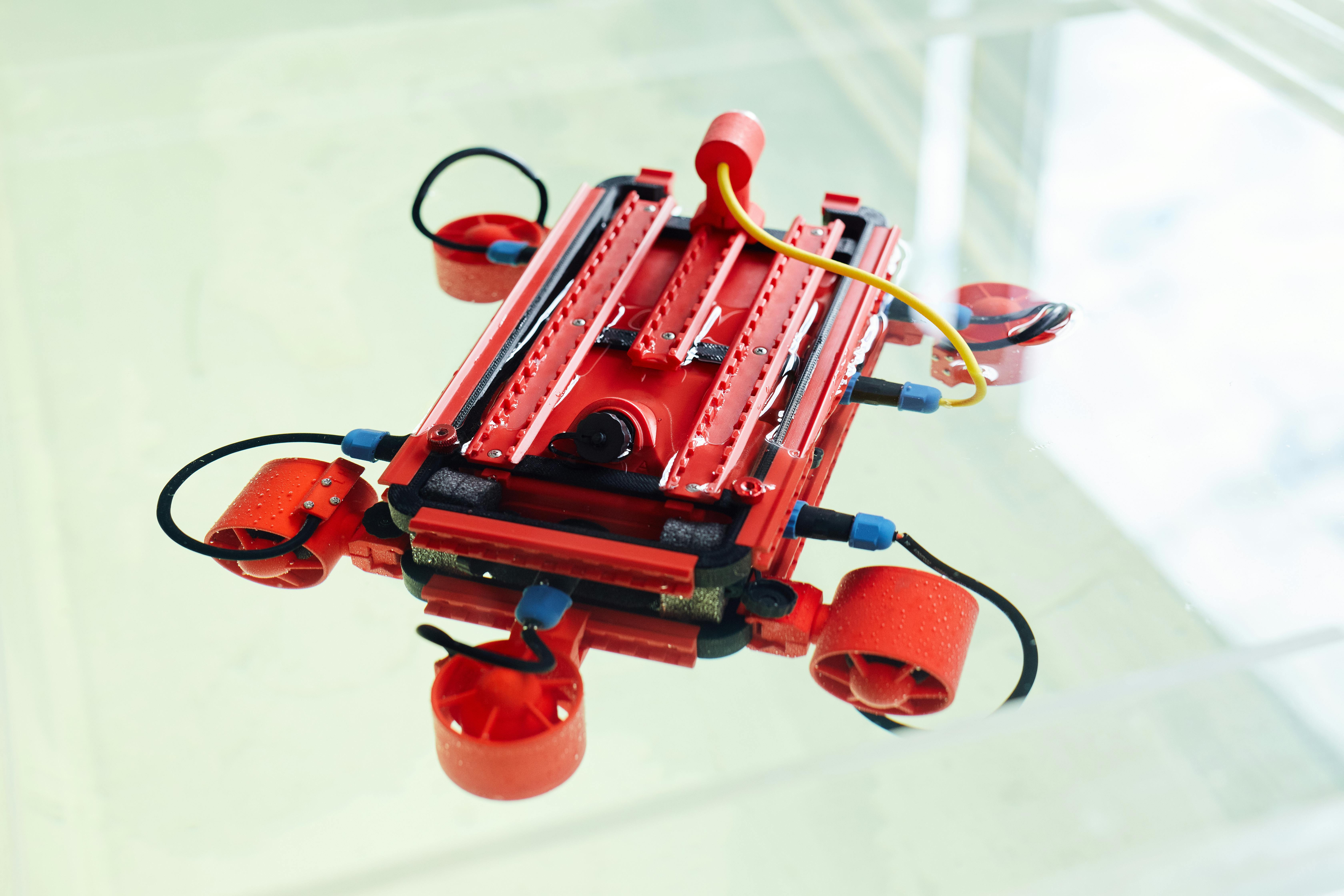
Ethical Fashion: Understanding the Benefits of Fair Trade Practices
Ethical fashion, also known as sustainable fashion, has gained significant attention in recent years due to the growing concerns about the negative impact of the fashion industry on people, animals, and the environment. At its core, ethical fashion revolves around promoting fair trade practices and ensuring that every aspect of the production process aligns with social and environmental standards.One of the key tenets of ethical fashion is fair trade. Fair trade practices aim to empower workers by offering them fair wages, safe working conditions, reasonable hours, and protection against exploitation. By supporting brands that adhere to fair trade principles, consumers can actively contribute to fostering better livelihoods for garment workers, especially in developing countries where labor rights might be less protected.
Another important facet of ethical fashion is environmental sustainability. Traditional fashion production methods often involve the use of harmful chemicals, excessive water consumption, and the emission of greenhouse gases. In contrast, ethical fashion seeks to minimize these negative effects by promoting eco-friendly initiatives such as recycling fabrics, using organic materials, reducing waste, and employing responsible manufacturing processes.
Ethical fashion also embraces cruelty-free practices. This means avoiding the use of animal products like fur, leather, exotic skins, or any other materials derived from animals that have been subjected to harm or killed solely for their skin or fur. Ethical fashion brands prioritize using alternative materials that are not only kinder to animals but also encourage innovation in the industry.
Investing in ethically made clothing also encourages quality and durability. Fast fashion brands often prioritize trends over quality construction, leading to rapid wear-and-tear and contributing greatly to global textile waste. On the other hand, ethical fashion emphasizes timeless designs and well-crafted garments, encouraging consumers to buy less frequently but choose items that will last longer.
Apart from the obvious social and environmental benefits of ethical fashion, it also provides consumers with a sense of satisfaction in knowing they are making a positive impact with their purchasing choices. By supporting fair trade brands and consciously selecting ethically made clothing, individuals become catalysts for change within the fashion industry.
In conclusion, ethical fashion encompasses various components that promote social, environmental, and animal welfare. By understanding the realm of fair trade practices and adopting sustainable fashion habits, we empower not only ourselves but also generations to come by creating a responsible and compassionate fashion industry.
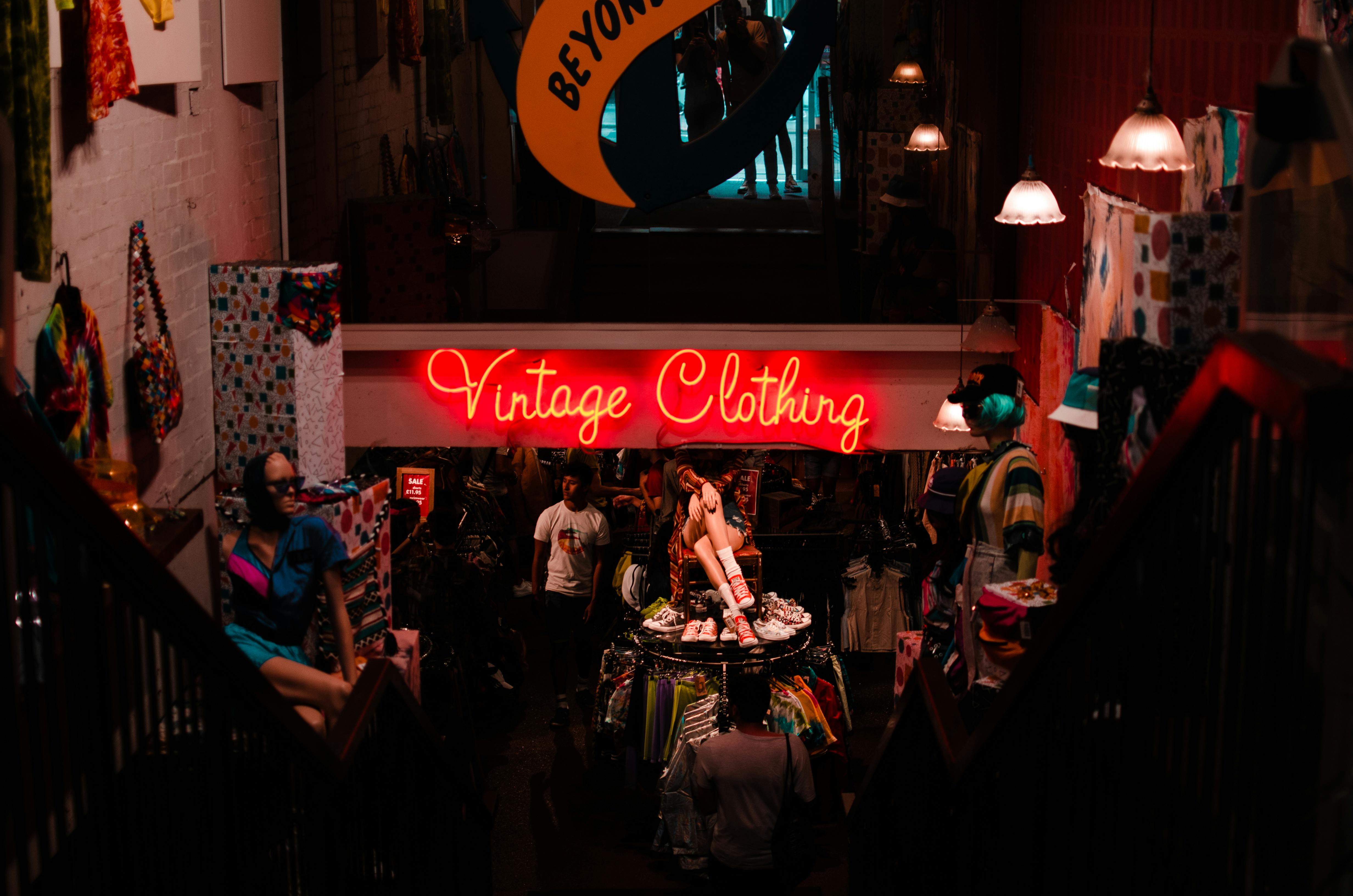
The Role of Fashion in Cultural Identity and Expression
fashion has always played a significant role in expressing one's cultural identity. It serves as a powerful medium through which individuals can communicate their heritage, values and traditions to the world. Far beyond mere clothing choices, fashion encapsulates a culture's rich history, collective memory, social norms and so much more. Let's delve into the multifaceted ways in which fashion interlaces with cultural identity and acts as a form of expression.Clothing styles differ across cultures, providing a visual representation of distinct traditions and customs. The garments worn in various societies are often shaped by the climate, geography, religion and historical influences unique to each region. Cultural clothing items, such as the kimono in Japan or the sari in India, hold deep symbolic meaning beyond their aesthetic appeal. These traditional garments represent a heritage that is coveted and celebrated, gradually becoming iconic features of specific cultures.
Fashion also acts as a means for individuals to express personal identities within their cultural contexts. People often adopt clothing choices that mirror their values or beliefs. By selecting specific fabrics, colors and designs, they can demonstrate their affiliation with certain subcultures or communities. For instance, wearing ethnic prints or traditional jewelry can signify not only pride in one's cultural background but also solidarity with others who share similar heritage.
Changes in fashion trends throughout history reflect evolving cultural identities of societies. Sociopolitical shifts, globalization and technological advancements have all played roles in fashion's development. The clothes people wear today are not only influenced by their own cultural backgrounds but also inspire cross-cultural connections. Fashion designers now consistently draw inspiration from diverse cultures to create something uniquely modern yet multicultural, promoting a global understanding among individuals from different backgrounds.
Moreover, fashion serves as a conduit for challenging oppressive norms and expressing individuality against societal expectations. It has long been recognized as a form of rebellion against social constraints imposed upon marginalized groups or as an avenue for highlighting cultural diversity and breaking down stereotypes. Fashion shows and events that celebrate emerging designers from different cultural backgrounds offer platforms for promoting inclusivity and appreciating diversity in a world that sometimes clings to uniformity.
Fashion's role in cultural identity and expression is not limited to clothes alone; it extends to accessories, hairstyles, makeup, body modifications and more. Elements such as traditional patterns woven into handbags, ancient hair braiding techniques or even the ink used in tattoos can convey powerful messages related to one's cultural heritage or personal stories. Each element of fashion, when used purposefully, allows individuals to project aspects of their cultural identity to both insiders and outsiders.
In conclusion, fashion plays a vital part in defining cultural identity and expressing diversity and individuality. It is intertwined with history, memory, heritage values and socio-political contexts in a way that extends far beyond aesthetic appeal. As an instrument for embodying who we are and where we come from, fashion offers us a captivating glimpse into experiences of multitudes and serves as an essential medium through which different cultures connect, celebrate and thrive.

The Environmental Impact of the Fashion Industry: Challenges and Solutions
The fashion industry plays a significant role in today's society, offering people a means of self-expression and creativity. However, it is no secret that the environmental impact of the fashion industry is a cause for concern. From production to disposal, various stages in the fashion lifecycle generate substantial pollution and resource depletion. Understanding these challenges and seeking sustainable solutions is crucial for a more eco-friendly future.One of the primary contributors to the fashion industry's environmental footprint is the production process. As demands for fast fashion increase, factories often resort to mass production techniques that prioritize quantity over quality. This leads to excessive textile waste, excessive energy consumption, and air and water pollution from chemicals used in dying and finishing processes.
Furthermore, material selection also plays a key role in the industry's impact on the environment. Many textiles are made from non-renewable resources like petroleum (polyester) or negatively affect ecosystems due to intensive agriculture (cotton). The extraction, processing, and transportation of these materials contribute to carbon emissions and groundwater contamination.
Once clothes are produced, distribution channels come into play. Massive amounts of energy and fuel are consumed to transport garments globally. Fashion shows, exhibitions, and transporting products from manufacturers to retail stores generate greenhouse gas emissions contributing to climate change.
Consumers themselves also play a significant role in the fashion industry's environmental impact. Fast fashion has instilled a culture of disposable clothing, encouraging frequent purchases of low-quality items that often end up in landfills within months. The discarding process further exacerbates pollution as synthetic materials can take decades to decompose fully.
Nonetheless, solutions are emerging to address these challenges. Sustainable designers and brands have started utilizing organic or recycled fabrics, reducing their reliance on non-renewable resources. Some are experimenting with innovative materials derived from agricultural byproducts or even developing leather alternatives from mushroom roots! Emphasizing natural fibers helps mitigate water pollution while organic cotton cultivation reduces the need for harmful pesticides.
Required changes extend beyond materials themselves and reach production processes. Several manufacturers have adopted cleaner or low impact dyeing techniques that minimize chemical use and waste while conserving water resources. This significantly reduces the environmental toll of fashion production.
Moreover, promoting a circular economy in fashion has gained traction as an effective solution. Brands are optimizing material use during manufacturing and designing clothes with potential for disassembly, repurposing, and recycling. Recycling initiatives further encourage consumers to donate their used garments rather than discarding them.
Consumer education is another pivotal aspect of addressing the industry's environmental impacts. Advocacy groups and influencers are working to raise awareness and promote responsible consumption habits. By prioritizing quality over quantity, investing in durable clothing items, and shopping second-hand, consumers can help reduce carbon emissions and prevent excessive waste.
In conclusion, the fashion industry indeed faces numerous challenges related to its environmental impact. However, the efforts of sustainable designers, brands, manufacturers, and consumers demonstrate that positive change is indeed possible. Recognizing these challenges and supporting eco-friendly solutions will contribute to a more sustainable and socially responsible fashion industry.
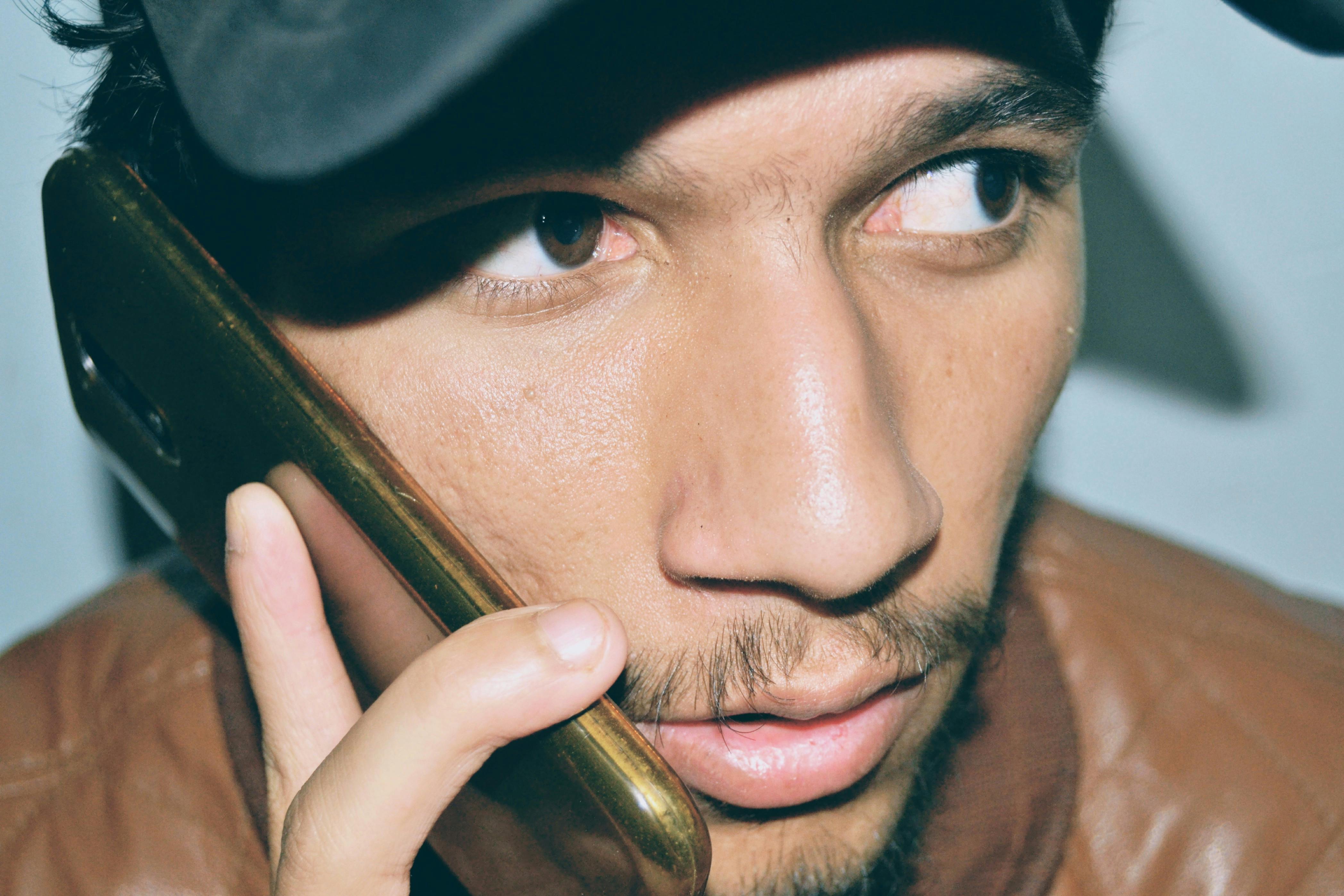
DIY Fashion: Empowerment through Personalization and Creativity
fashion is a means of expression, allowing individuals to showcase their unique personality and style. While some might rely on store-bought clothes to achieve this, there is another avenue that embodies empowerment, personalization, and creativity - DIY fashion.DIY fashion stands for Do-It-Yourself fashion, essentially encouraging individuals to create or transform their clothing and accessories using their own hands and imagination. It embraces the philosophy that anyone can be their own designer, creating pieces that perfectly reflect their personality and style preferences.
One of the fundamental benefits of DIY fashion lies in its ability to empower individuals. By undertaking a DIY project, individuals take control of their wardrobe and become active participants in choosing what they wear. Rather than being limited by the offerings of mainstream fashion, which often cater to mass markets, DIY fashion enables freedom of choice. It gives one the power to attempt new styles, repurpose old clothing, or even recreate designer pieces on a smaller budget.
Moreover, personalization is an inherent aspect of DIY fashion. Everyone has different tastes and aesthetics; crafting apparel allows individuals to customize their clothes to suit their particular preferences. From embellishing a garment with unique buttons or embroidery to hand-painting patterns or adding patches, DIY fashion empowers individuals to infuse their personal touch into each creation. This customization leads to a sense of identity and individuality in the clothes we wear.
DIY fashion also encourages creativity. It provides an outlet for self-expression and imagination to flourish. With creative freedom as the driving force, people can experiment with various techniques such as tie-dyeing, fabric painting, fabric manipulation, or even repurposing items from unconventional sources. Through these creative endeavors, DIY fashion serves as an avenue for personal growth, fostering innovation and honing hands-on skills in design.
Participating in DIY fashion can reduce our dependence on fast fashion and contribute to sustainability. By repurposing or upcycling old pieces, we reduce waste, extending the lifespan of clothing items that would otherwise end up in a landfill. DIY fashion challenges the throwaway culture that often accompanies fast fashion trends and instead encourages thoughtful consumption and conscious production.
In addition to being environmentally friendly, DIY fashion can also encourage ethical practices. Choosing to craft our own clothes allows us to support fair labor practices by avoiding the use of sweatshop labor, providing a meaningful alternative to mass-produced garments.
In conclusion, DIY fashion embodies empowerment through personalization and creativity. It enables individuals to take control of their wardrobe, add their personal touch to their outfits, and embrace their unique individuality. Moreover, it fosters creativity and resourcefulness while contributing positively to sustainability and ethical values. So if you're looking for a way to showcase your style, express yourself, and make a positive impact - give DIY fashion a try!
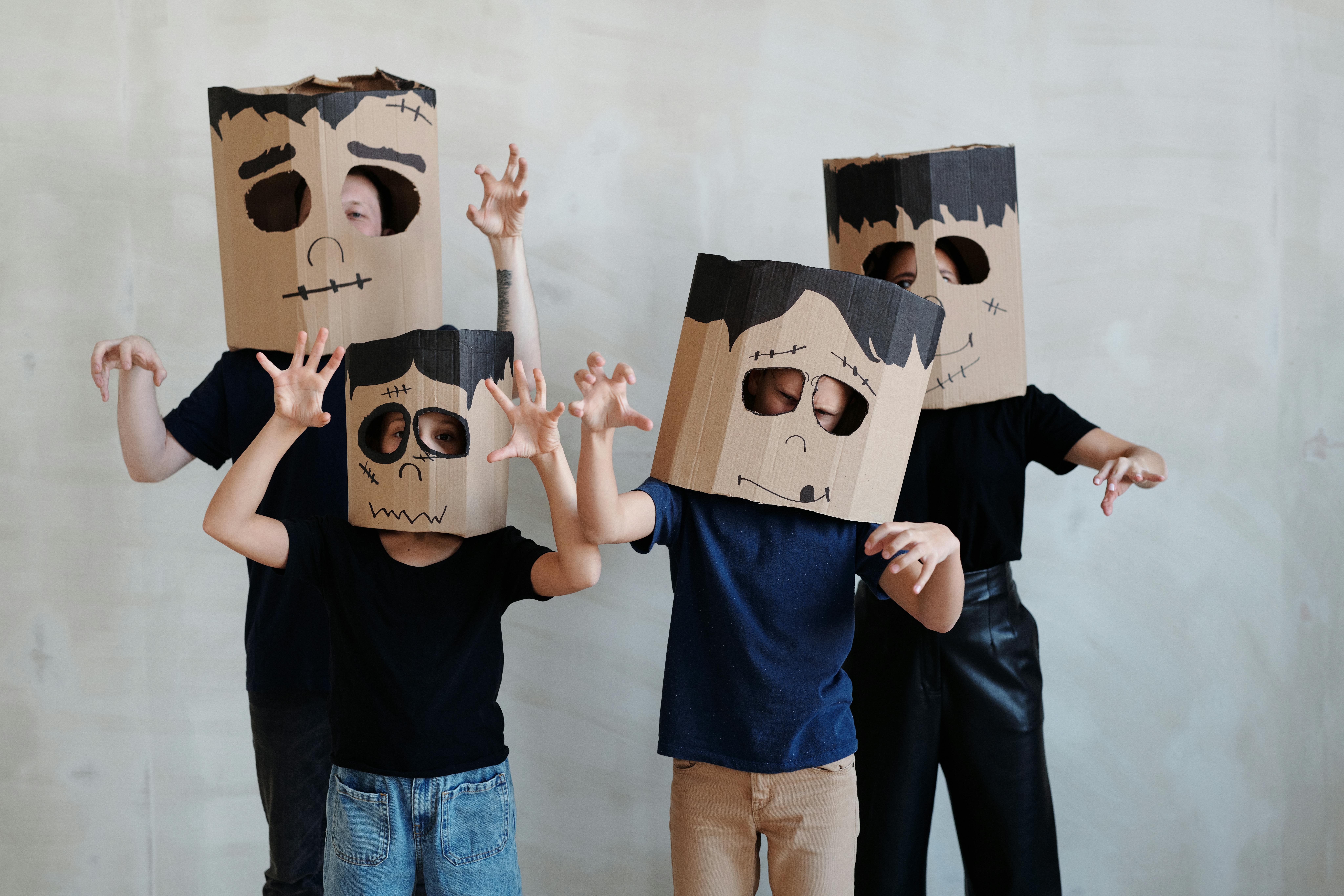
The Business of Fashion: An Insight into the Economy and Job Opportunities
The Business of fashion (BoF) offers a comprehensive understanding of the fashion industry, covering both its economic aspects and the various job opportunities it presents. The fashion industry holds a crucial space in the global economy, with a wide array of roles that encompass design, marketing, merchandising, production, and more.When delving into the economy of fashion, it becomes evident that it is a multi-billion dollar industry. Designers, brands, retailers, manufacturers, and e-commerce platforms all contribute to this economic landscape. Within this realm, trends and influences shape consumer behavior and stimulate demand for products. The interactions between supply chains, fashion weeks, retail seasons, and fashion cycles create a dynamic environment that plays a pivotal role in sustaining the economy.
Within the job market, an abundance of opportunities exists for individuals passionate about fashion. The business side of the industry alone offers numerous avenues to explore. Roles such as brand management involve developing and communicating a brand's identity and values to consumers. The world of marketing and public relations unlocks various positions entailing social media management, content creation, event coordination, and brand partnerships.
E-commerce has also emerged as a major player, levelling job opportunities within the online realm of fashion. Experts in digital marketing, web development, analytics, user experience design, and supply chain management are all sought after in this fast-growing field.
In addition to business-focused roles prevalent in the industry, creative positions hold significant importance too. Designing clothing or accessories requires expertise and vision. Fashion designers have the chance to showcase their artistic flair through seasonal collections presented at prestigious fashion shows worldwide. Pattern makers and textile engineers stand at the forefront of transforming designs into tangible products through attention to detail and craftsmanship.
Furthermore, there are opportunities in specialized areas like visual merchandising and fashion buying where professionals curate unique and visually appealing retail experiences or scout for emerging designers with potential.
Notably, sustainability has become an increasingly important topic within the fashion industry, leading to a rise in sustainability-focused job opportunities. Companies now seek eco-friendly alternatives like ethical material sourcing, sustainable manufacturing, and responsible marketing practices. From sustainable fashion strategists to eco-designers and ethical supply chain coordinators, these roles are crucial for creating positive change in the industry.
In summary, The Business of Fashion encompasses much more than just glamorous runway shows and red-carpet moments. It is an extensive ecosystem that drives economic growth while providing diverse job roles for every fashion enthusiast. From business development to design and sustainability initiatives, the fashion world holds diverse and exciting career paths for those willing to explore its many facets.

Vintage and Retro Fashion: Exploring the Charm of Past Decades
Vintage and retro fashion is a beloved style trend that never seems to fade away. It allows us to embrace the charm of past decades and immerse ourselves in the beauty of bygone eras. With each passing year, fashion recycles itself, and we find ourselves drawn to the nostalgia and uniqueness of vintage and retro clothing.Vintage fashion refers to items that were produced between 20 and 100 years ago. These pieces have stood the test of time and have become highly sought after for their authenticity, quality craftsmanship, and timeless appeal. Think fabulous flapper dresses from the roaring twenties, glamorous Hollywood-inspired gowns from the fifties, psychedelic patterns from the groovy sixties, boho chic designs from the seventies, or power suits from the eighties.
On the other hand, retro fashion refers to modern creations that are inspired by past styles. Retro clothes capture the essence of a specific era rather than replicating it exactly. Designers draw inspiration from an array of decades, combining elements of different styles to create fresh looks with a vintage twist. For instance, a dress may feature a sixties A-line silhouette combined with a bold print that gives it contemporary flair.
Exploring vintage fashion takes you on a captivating journey through history. It allows you to appreciate the elegance and glamour that characterized different epochs while adding a touch of fun and individuality to your wardrobe. Vintage pieces often possess unique details like exquisite beading, intricate lacework, or delicate embroidery making them stand out as one-of-a-kind treasures.
Embracing retro fashion can be both playful and nostalgic. It allows us to channel our favorite styles without compromise. Want to rock a swing dress reminiscent of the forties or go full-on flower power with flared pants from the seventies? Retro fashion gives you the freedom to choose your favorite elements from various periods, creating a look that reflects your personality.
But why do people adore vintage and retro fashion? For many, it's about sustainability and conscious consumption. Choosing pre-owned vintage pieces or supporting brands that produce retro-inspired clothing helps reduce waste and the heavy environmental impact of fast fashion. Moreover, these styles allow us to step away from mass-produced clothing and showcase our unique tastes and personal flair.
Of course, wearing vintage or retro clothing requires a bit of extra effort. It involves searching through thrift stores, scouring online marketplaces, or even digging through the attics of fashionable relatives. However, these efforts are rewarded with finding treasured items invoking memories of elegance and grace from decades past.
Remember, vintage and retro fashion isn't limited to clothes alone. Accessories such as hats, shoes, bags, and jewelry also contribute to recreating the overall look. A carefully chosen accessory can be the finishing touch that transports your outfit from ordinary to extraordinary.
In conclusion, embracing vintage and retro fashion allows us to connect with the past while adding a touch of enchantment to our lives. Whether you choose genuine vintage pieces or opt for modern-retro creations, exploring these styles offers a unique chance to express yourself creatively while contributing positively towards building a more sustainable and individualistic fashion industry. So, open those closet doors and let the charm of past decades breathe new life into your wardrobe!
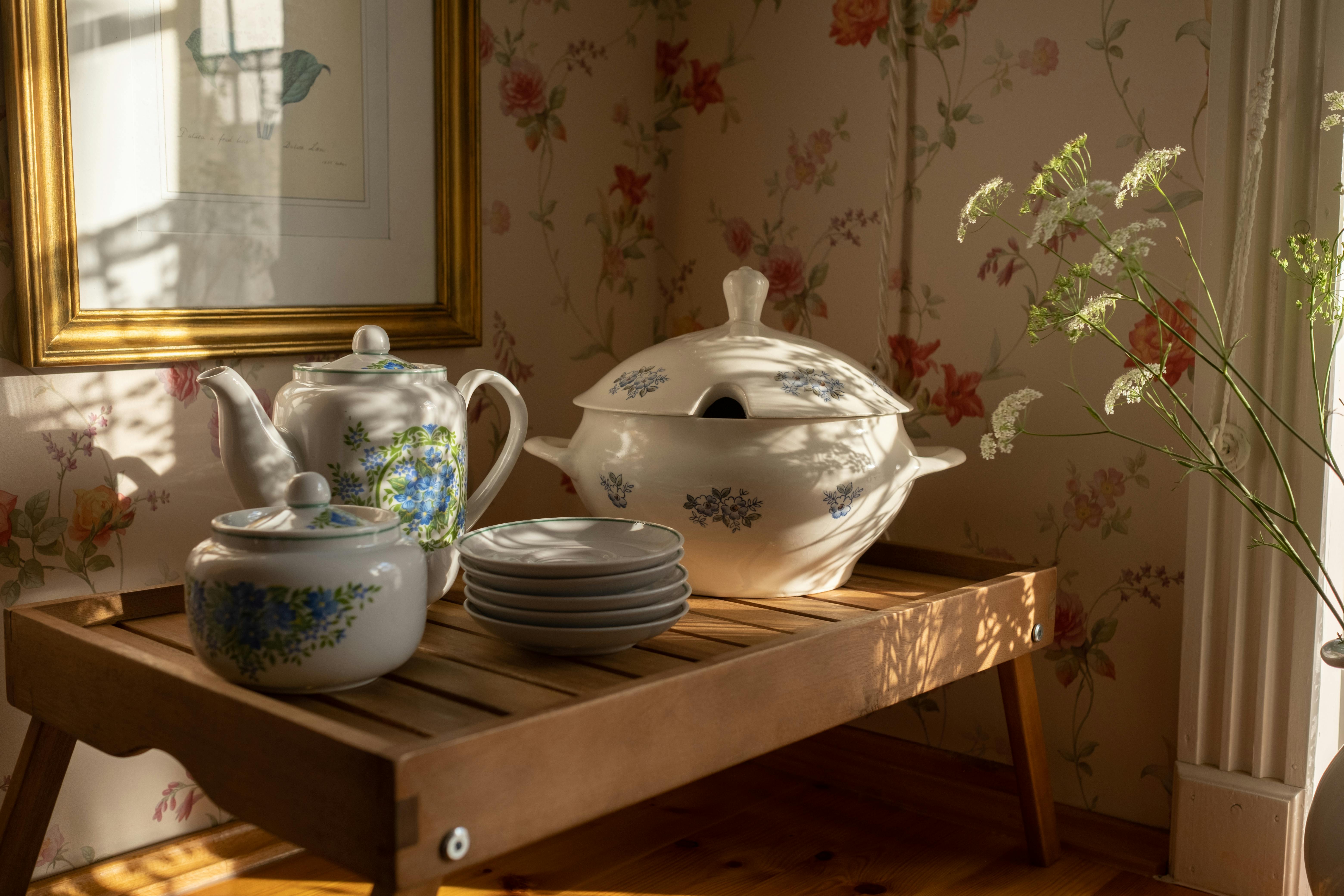
High Fashion vs. Streetwear: Exploring Different Realms of Style
When it comes to the world of fashion, two distinct realms stand out: High Fashion and Streetwear. These different styles epitomize diverse philosophies and capture the essence of fashion trends in distinct ways.High Fashion, often associated with luxury brands and haute couture, represents the epitome of sartorial sophistication. It exudes elegance, exclusivity, and craftsmanship. High-end designers push the boundaries of creativity, presenting stunning pieces on runways that double as artistic displays. Couture gowns, tailored suits, extravagant accessories – these are the calling cards of High Fashion. Renowned fashion houses like Chanel, Dior, and Gucci dominate this realm, offering meticulously crafted garments that reflect a refined aesthetic.
In contrast, Streetwear embodies a more casual approach to style and exerts a gritty urban influence. This fashion genre emerged through subcultures and underground movements and has gradually become mainstream over time. Streetwear is characterized by its authenticity, comfort, and reflecting the wearer's individuality rather than conforming to traditional norms of dressing up. Skateboarding brands like Supreme or sneaker companies like Nike pioneered this movement but now streetwear influences are ubiquitous throughout the fashion world.
High Fashion and Streetwear differ not only in aesthetics but also in their target audience. High Fashion is often associated with the affluent and elite who seek a sense of exclusivity and are willing to invest significant sums to acquire wearable art pieces. On the other hand, Streetwear appeals to a more diverse audience – from teenagers and young adults to trendy fashion enthusiasts. Inclusivity is key in streetwear culture; it transcends economic backgrounds or social classes by utilizing a democratic approach to style.
Another important distinction revolves around the distribution and accessibility of these styles. High Fashion resides primarily within “runway" fashion shows or high-end boutiques frequented by affluent clientele. Many of these pieces are limited editions that may be hard to acquire. Contrarily, Streetwear brands strive to make their products accessible to a broader market. Collaborations with mass-market retailers allow these brands to design affordable lines and tap into broader audiences while maintaining their authentic aesthetic.
High Fashion and Streetwear also profoundly differ in regards to inspiration and brand identity. High Fashion often channels inspiration from art, architecture, history, or culture to create intricate and elaborate designs. These designs are occasionally avant-garde or evoke meaningful messages, serving as a form of self-expression rather than pure functionality. In contrast, Streetwear draws inspiration from the streets themselves - urban landscapes, graffiti subcultures, skateboarding, hip-hop – resulting in snappy slogans or graphic prints that reflect the raw energy of urban life.
Both High Fashion and Streetwear guide the fashion zeitgeist and inspire one another, resulting in an ever-evolving industry. In recent years, the influence of Streetwear on High Fashion has become increasingly prominent. Luxury brands have embraced street-style elements and collaborations with streetwear labels showcasing a blending of styles.
In conclusion, High Fashion and Streetwear stand at two divergent ends of the fashion spectrum. While High Fashion celebrates opulence and craftsmanship while embracing exclusivity, Streetwear represents individuality, accessibility, and the vibrant energy of urban life. Appreciating these different realms allows us to understand how fashion continuously evolves and opens our eyes to explore diverse facets of personal style.
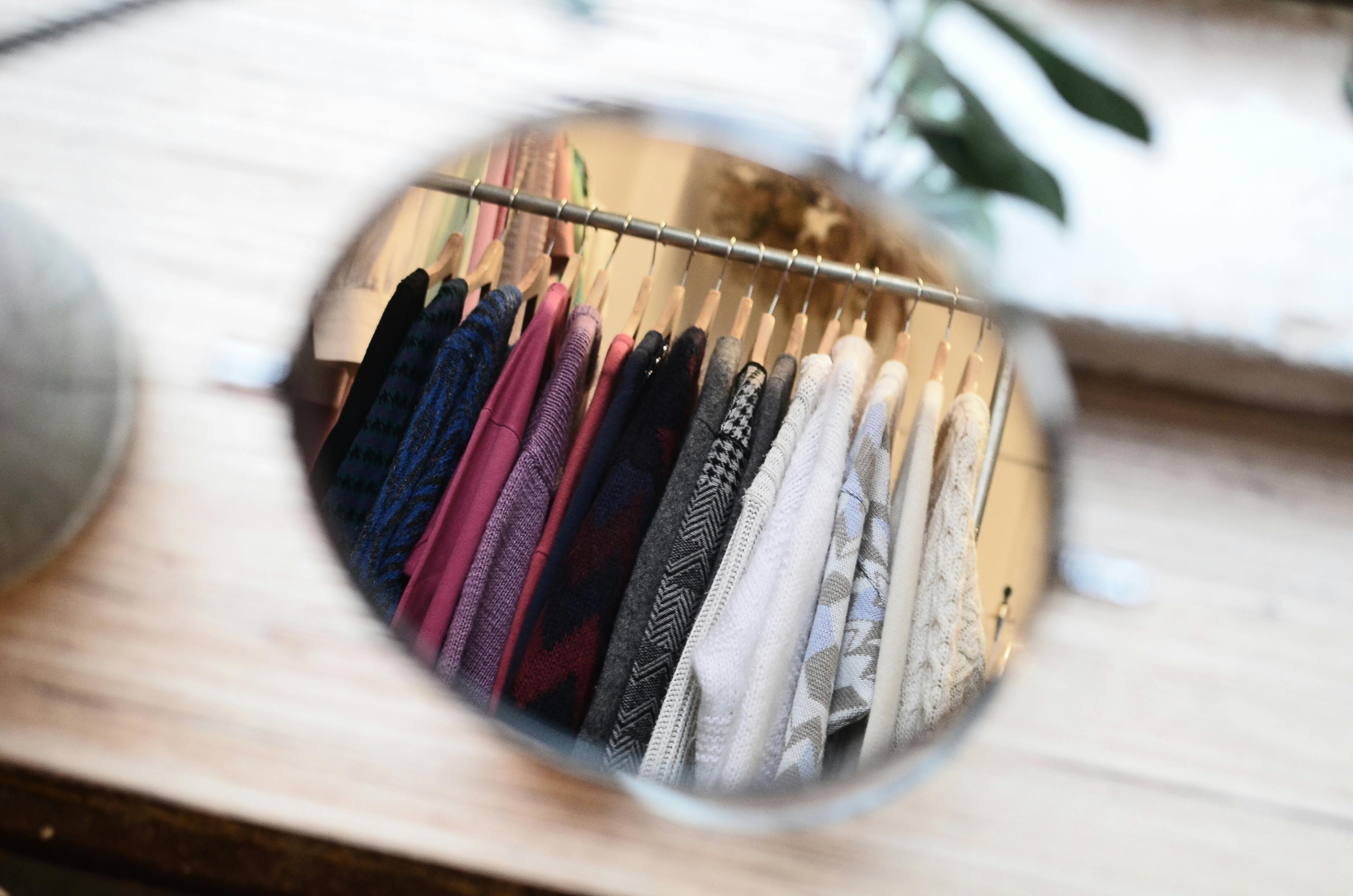
The Psychology Behind Impulse Buying in the Fashion Industry
Impulse buying is a fascinating phenomenon within the fashion industry that often goes hand in hand with emotional decision-making. Many consumers find themselves succumbing to these impulsive urges, purchasing items spontaneously without much thought or consideration. Understandably, this behavior can have a significant impact on both individuals and the overall fashion market.One of the key aspects influencing impulse buying is the psychology behind it. Various psychological factors come into play when it comes to making impulsive purchases in the fashion world. First and foremost, our emotions are incredibly powerful in swaying our buying decisions. Marketers and advertisers in the fashion industry know this all too well, utilizing strategies that evoke strong emotional responses to stimulate impulsive shopping.
The role of visual appeal cannot be overstated either. Fashion brands meticulously craft their products to be aesthetically pleasing and attractive in order to entice consumers. This visual temptation taps into our desire for aesthetically pleasing experiences and encourages us to give in to impulse purchasing.
Moreover, social factors play an integral part in promoting impulse buying within the fashion realm. Peer influence, societal norms, and trends guide our choices and push us towards spontaneous purchases in an attempt to fit in or keep up with the latest fashion updates. The fear of missing out on a trendy item or being left behind can urge individuals to quickly make impulsive shopping decisions.
Another psychological factor that fuels impulse buying is the concept of instant gratification. In today's fast-paced society, we crave immediate satisfaction, seeking instant happiness and pleasure. The act of impulsively buying something satisfies this desire for instant gratification as it provides us with an immediate sense of happiness and fulfillment.
Retail environments also enhance the likelihood of impulse purchases. Retailers strategically design store layouts, placing attractive displays at eye-level and near checkout counters to capture consumers' attention at their most vulnerable moments. These carefully curated spaces aim to create a sense of urgency, making it even harder for consumers to resist impulsive shopping.
Although impulse buying may bring temporary happiness and excitement, it also has potential downsides. Overspending, regret over purchasing unnecessary items, or falling into a cycle of constant impulse buying can strain personal finances and contribute to stress and dissatisfaction in the long run.
Understanding the psychology behind impulse buying is crucial for both consumers and the fashion industry. For consumers, becoming aware of the emotional triggers that instigate impulse purchases can enable them to make more mindful decisions. Meanwhile, fashion brands can strategically utilize psychological tactics to create positive shopping experiences while balancing ethical considerations.
Ultimately, by delving into the psychological underpinnings of impulse buying in the fashion industry, we gain valuable insights into our own shopping behaviors. Recognizing and navigating these impulses can lead to a healthier relationship with fashion consumption, resulting in more intentional and fulfilling purchases.
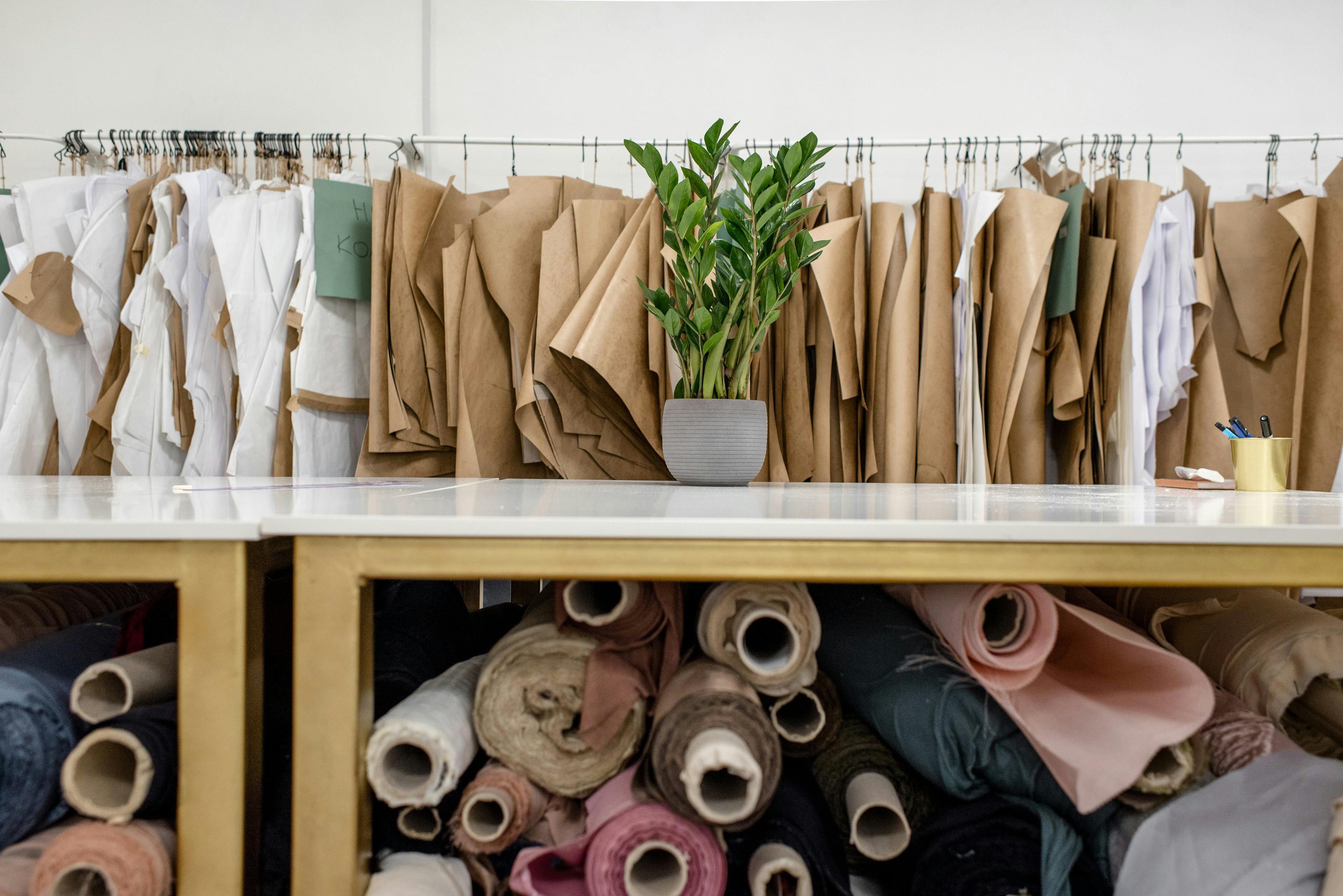
Diversity and Inclusion within the World of Fashion Modeling
fashion modeling is an industry that has long been criticized for its lack of diversity and inclusion. For many years, the prevailing beauty standards upheld by the fashion world were very limited, favoring primarily white, thin, and able-bodied models. However, in recent years, there has been a growing acknowledgment of the need for greater representation and inclusivity within this realm.One aspect of diversity within fashion modeling is racial and ethnic representation. Historically, models from diverse backgrounds were underrepresented and faced discriminatory practices when it came to casting for high-profile fashion shows and campaigns. The lack of racial diversity conveyed a narrow ideal of beauty and excluded countless talented individuals. Thankfully, efforts have been made to rectify this issue through initiatives such as more inclusive casting calls and an increase in models from various ethnic backgrounds gracing the runways.
Diversity in fashion modeling also encompasses body size and shape. The industry has long favored extremely thin models, perpetuating unrealistic body standards that can negatively impact individuals' mental and physical well-being. However, there has been a progressive shift towards embracing different body types and sizes. Brands are starting to feature more plus-size models and promote body positivity movements to challenge conventional beauty ideals.
Another crucial aspect of inclusivity in fashion modeling is representation of individuals with disabilities. These individuals have often been overlooked or relegated to specialized lanes within the industry, rather than being integrated into mainstream fashion. Recently, several forward-thinking brands have started championing disabled models in their campaigns, portraying them proudly alongside their able-bodied counterparts.
Gender fluidity has also entered the conversation surrounding diversity in modeling. While traditionally the industry operated based on strict gender binaries with male and female models adhering strictly to their designated roles and presentations on the runway or in shoots, there's now an increasing acceptance of non-binary and transgender models breaking these norms. Fashion brands are recognizing the importance of inclusive representation across gender identities to reflect the evolving societal understanding of identity expression.
In conclusion, while the fashion industry has undeniably made strides towards inclusivity in recent years, there is still work to be done. The push for true diversity and inclusion within fashion modeling involves redefining outdated beauty standards and challenging preconceived notions. By continuing to broaden casting horizons and promoting genuine representation of various racial backgrounds, body types, abilities, and gender identities, the world of fashion modeling can become a much more inclusive and inspiring place.

Smart Textiles and Wearable Tech: Merging Fashion with Functionality
Smart textiles and wearable tech have revolutionized the fashion industry, merging style with functionality. Gone are the days when fashion and technology were seen as incompatible. Now, designers are creating garments that do more than just look good; they enhance our lives with advanced features and capabilities.What exactly are smart textiles? Simply put, they are fabrics that integrate technology, making them intelligent and interactive. Thanks to advances in nanotechnology, everyday garments can now be embedded with various electronic components, including sensors, microprocessors, and conductive materials.
These innovations have given birth to a whole new world of possibilities in fashion. Smart textiles can perform a range of functions such as monitoring biometrics, tracking environmental conditions, and even communicating with other devices through wireless connectivity. For example, imagine wearing a T-shirt that measures your heart rate or a jacket that lights up to ensure visibility during low-light situations.
One popular application of smart textiles is in fitness wearables. Brands have embraced the concept of active clothing that syncs with smartphones and provides real-time data on workout intensity, calories burned, and distance covered. This not only allows users to track their progress but also enhances their overall exercise experience.
Another area where wearable tech has made significant strides is in the medical field. Smart clothing can play a crucial role in patient care by monitoring vital signs for those suffering from chronic illnesses or assisting in post-surgical recovery. These garments are designed to be comfortable yet functional, making them ideal for individuals who require constant monitoring without compromising their sense of style.
Interest in sustainable fashion has also driven the exploration of wearable tech. Designers are integrating solar panels into clothing to harness renewable energy or incorporating fabrics that respond to environmental changes by regulating temperature or shielding against harmful UV rays.
However, it's not only about the technology hidden within the garments; wearable tech has been showcased on fashion runways around the world. Luxury brands have embraced this trend by weaving technology seamlessly into their designs. From light-up dresses to accessories that can connect with smartphones, these pieces not only demonstrate the capabilities of smart textiles but also create a unique visual impact.
Despite the significant progress made, challenges remain in making smart textiles more accessible and affordable. Balancing fashion aesthetics with comfortable wear is also a constant consideration. However, collaborations between fashion designers, engineers, and scientists continue to push boundaries, resulting in breakthroughs that enhance the potential of wearable tech in the fashion industry.
In conclusion, smart textiles and wearable tech represent a merging of fashion and functionality. They have revolutionized the industry by offering garments that do more than just make a fashion statement. From fitness trackers to medical wearables and sustainable fashion, there is no doubt that these technological innovations will continue to shape the future of fashion. It's an exciting time where fashion truly embraces the world of technology while keeping us stylishly connected and empowered.
 fashion is a form of expression that relates to personal style, clothing, accessories, and trends. It encompasses different elements such as colors, fabrics, patterns, and silhouettes. Fashion is highly subjective and changes constantly.
fashion is a form of expression that relates to personal style, clothing, accessories, and trends. It encompasses different elements such as colors, fabrics, patterns, and silhouettes. Fashion is highly subjective and changes constantly.The fashion industry is vast and includes various sectors like high fashion or haute couture, ready-to-wear collections, streetwear, athleisure, and more. High fashion brands are known for their exclusivity, artistic approach, and luxurious designs which often inspire other sectors of the industry.
Fashion trends are ever-evolving and influenced by many factors such as the runway shows during fashion weeks in major cities like Paris, Milan, New York, and London. Additionally, celebrities, influencers, movies, music videos, and even social media impact fashion trends.
Fashion designers are key figures in the industry. They conceptualize and create innovative designs for clothing that become part of seasonal collections. Famous designers like Karl Lagerfeld, Coco Chanel, Alexander McQueen have left an enduring impact on fashion history.
Fashion publications including magazines, websites, blogs play a vital role in spreading information about the latest trends and styles. Magazines like Vogue, Elle, Harper's Bazaar provide insights on current fashion events and often feature interviews with prominent designers and industry figures.
Specific fashion terms include "haute couture," which refers to custom-made clothing created by high fashion designers; "pret-a-porter" or "ready-to-wear," which refers to clothing mass-produced in standardized sizes; "fast fashion," which refers to affordable and trendy clothing produced at a rapid pace; "capsule wardrobe," which means a minimalistic collection of essential pieces that can be mixed and matched.
In recent years, sustainable fashion has gained momentum due to increased concern for the environment. Sustainable practices include using eco-friendly materials, promoting fair labor conditions during production processes and encouraging recycling or upcycling of clothing items.
Accessorizing plays a significant role in completing an outfit. Accessories like jewelry, handbags, belts, shoes, hats, and scarves help add personal flair to one's style. These items can range from affordable pieces to high-end designer favorites.
Fashion events such as fashion weeks, red carpet appearances, and award shows generate a significant buzz within the industry. These events create platforms for designers to showcase their latest collections and allow celebrities to exhibit unique, glamorous outfits.
Fashion has its own set of subcultures influenced by different styles like grunge, bohemian, vintage, minimalism, punk, and many more. Each subculture reflects a specific aesthetic and often evolves through blending different styles or reviving earlier fashion eras.
Fashion blogging has become a popular platform for individuals to share their personal style tips, outfit inspirations, fashion hauls, brand collaborations, skincare routines, and more. Influencers on social media can impact trends by sharing their fashion choices with a broader audience.
In summary, fashion extends beyond clothing and serves as a creative outlet for self-expression. It is a dynamic industry with an ever-changing landscape and constantly evolving trends that influence our personal style choices. From high fashion runway shows to streetwear brands, fashion enthusiasts around the globe strive to find their unique voice within this diverse world.
